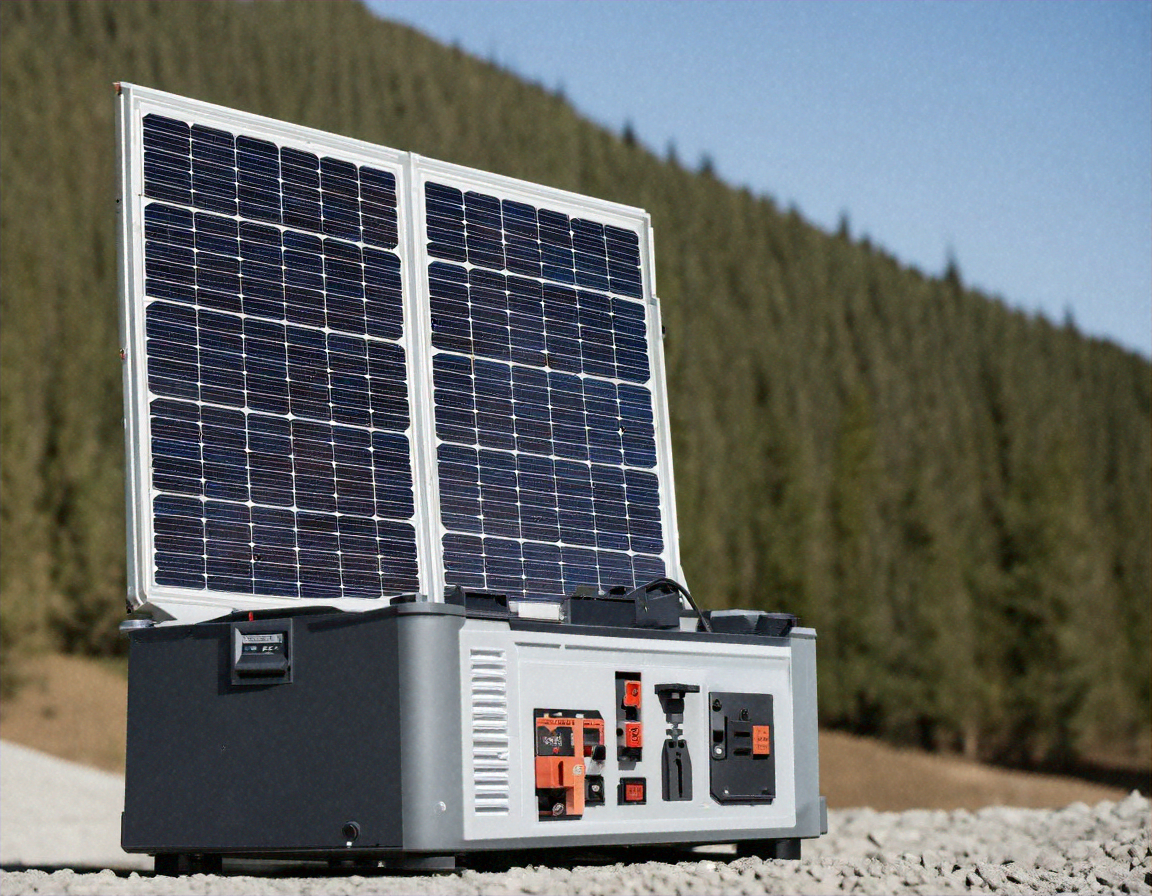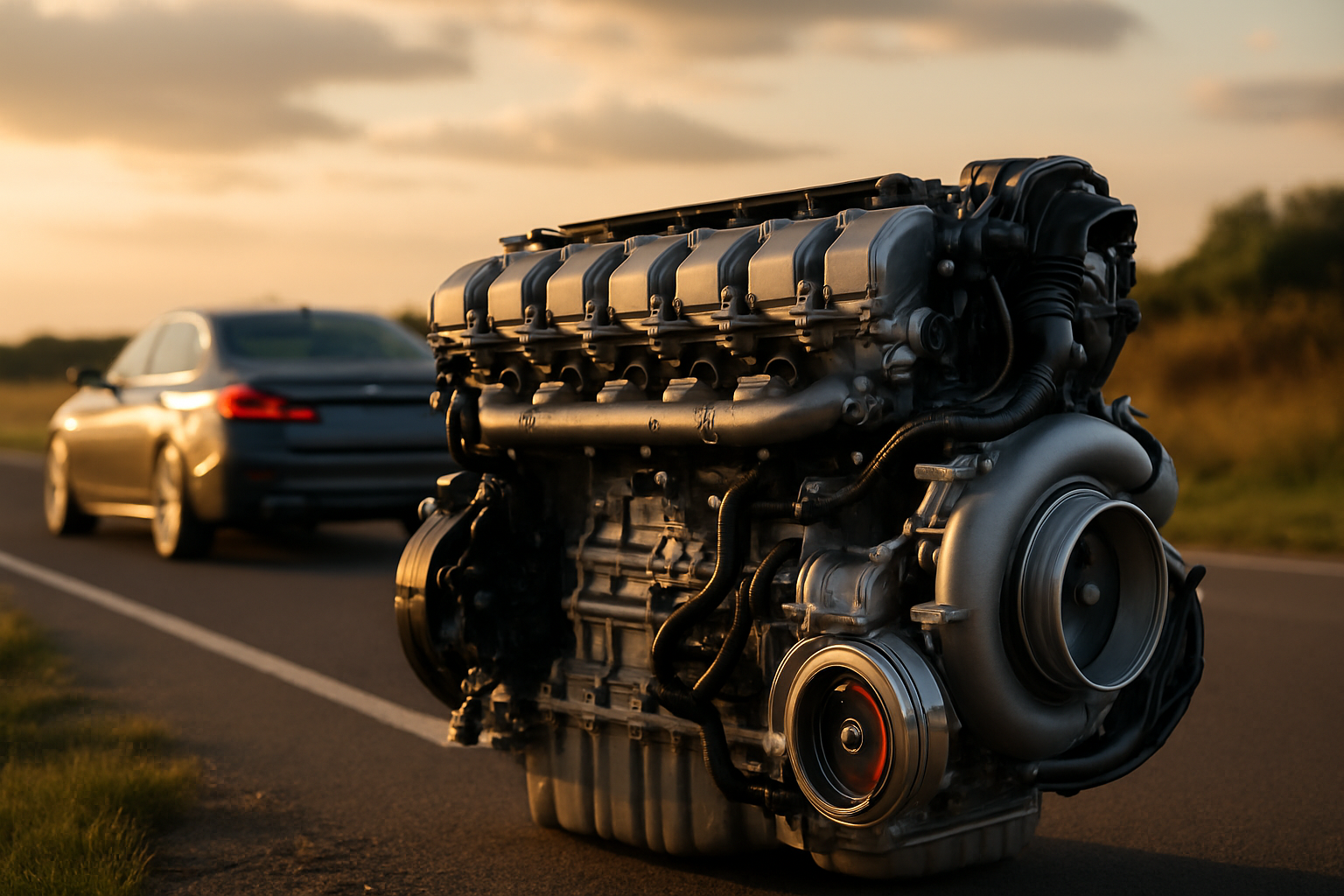Solar Generator: Clean energy, anytime, anywhere!
In an era where sustainable energy solutions are becoming increasingly crucial, solar generators have emerged as a versatile and eco-friendly power source. These portable power stations harness the sun's energy through solar panels, converting it into usable electricity for various applications, from camping adventures to emergency backup power for homes. Unlike traditional diesel generators, solar generators produce clean energy without harmful emissions or noise pollution.

Understanding Solar Power Generators vs. Traditional Options
Solar power generators fundamentally differ from conventional diesel generators in their operation and environmental impact. While diesel gensets rely on fossil fuels, solar generators capture renewable energy through photovoltaic panels. This sustainable approach eliminates fuel costs and reduces maintenance requirements, making them an increasingly popular choice for both residential and commercial applications.
Key Components of Solar Generator Systems
A complete solar generator system consists of several essential components. The solar panels serve as the primary energy collection device, converting sunlight into DC electricity. The power then flows through a charge controller to a battery bank for storage. An inverter converts the stored DC power into AC electricity, making it compatible with standard household appliances and electronics.
Applications and Benefits of Solar Generators
Solar generators offer remarkable versatility across various scenarios. They provide reliable backup power during outages, support off-grid living, and enable portable power for outdoor activities. The benefits extend beyond environmental considerations:
-
Zero emissions and silent operation
-
No fuel costs or regular maintenance
-
Long-term reliability with fewer moving parts
-
Scalable capacity to meet different power needs
-
Renewable energy independence
Comparing Solar vs. Diesel Generator Performance
When evaluating power solutions, it’s important to understand the performance characteristics of different generator types:
| Generator Type | Initial Cost | Operating Cost | Maintenance | Environmental Impact |
|---|---|---|---|---|
| Solar Generator | Higher | Very Low | Minimal | None |
| Diesel Generator | Lower | High | Regular | High Emissions |
| Hybrid Systems | Moderate | Moderate | Moderate | Low Emissions |
Prices, rates, or cost estimates mentioned in this article are based on the latest available information but may change over time. Independent research is advised before making financial decisions.
Size and Power Considerations
Selecting the right solar generator capacity requires careful assessment of power needs. Small portable units typically range from 500W to 2000W, suitable for camping and basic emergency backup. Larger systems can provide 5000W or more, capable of powering entire homes. The key is matching the generator’s capacity with expected power consumption while considering factors like:
-
Peak power requirements
-
Average daily energy usage
-
Available sunlight in your location
-
Backup power duration needs
Future of Solar Power Generation
The solar generator market continues to evolve with technological improvements in solar panel efficiency, battery storage capacity, and overall system integration. As manufacturing costs decrease and energy density increases, solar generators are becoming increasingly competitive with traditional power sources. This trend, combined with growing environmental awareness and energy independence concerns, positions solar generators as a crucial component of future energy solutions.
These innovative power systems represent a significant step forward in sustainable energy technology, offering reliable, clean power generation for various applications while contributing to a greener future.




